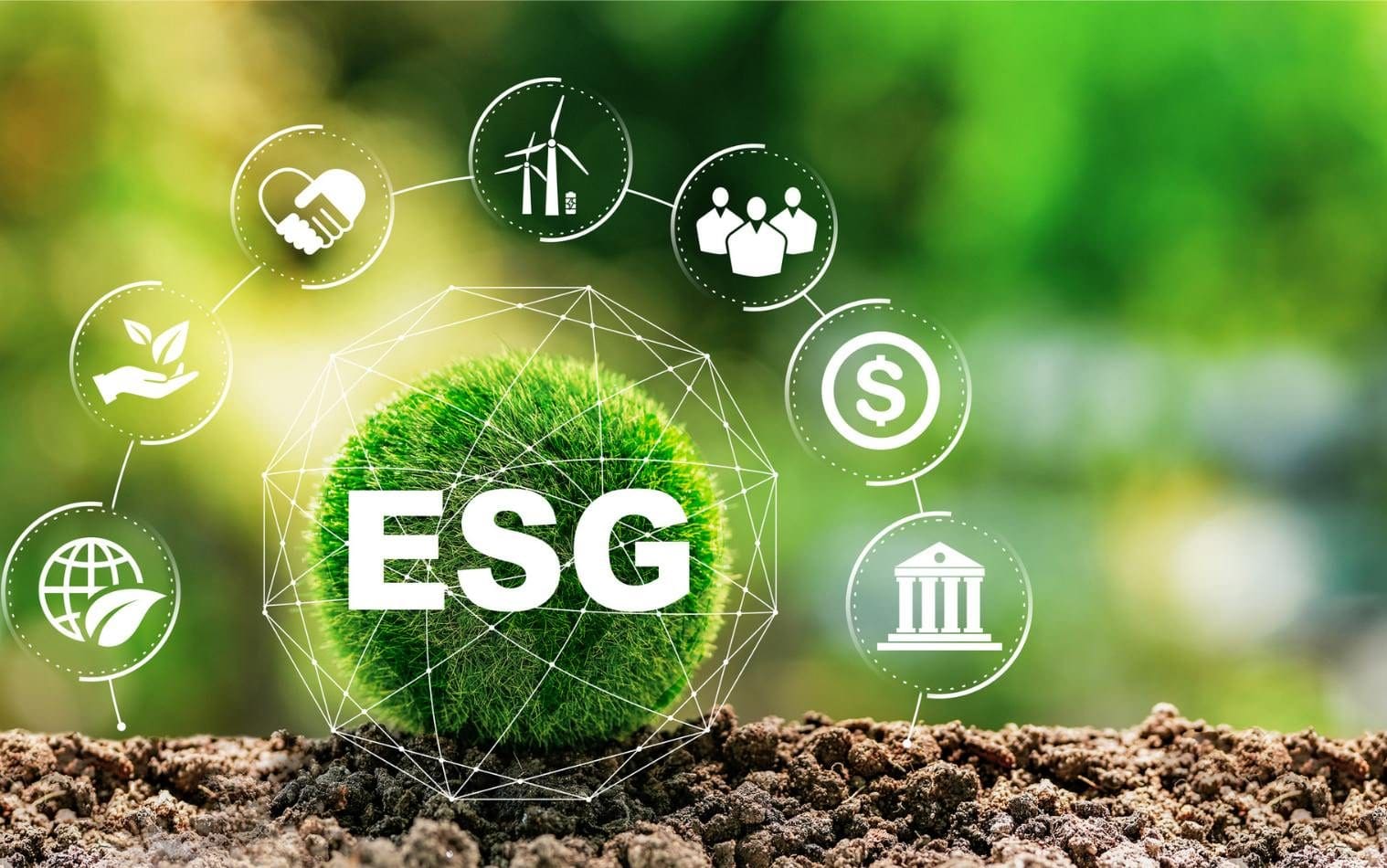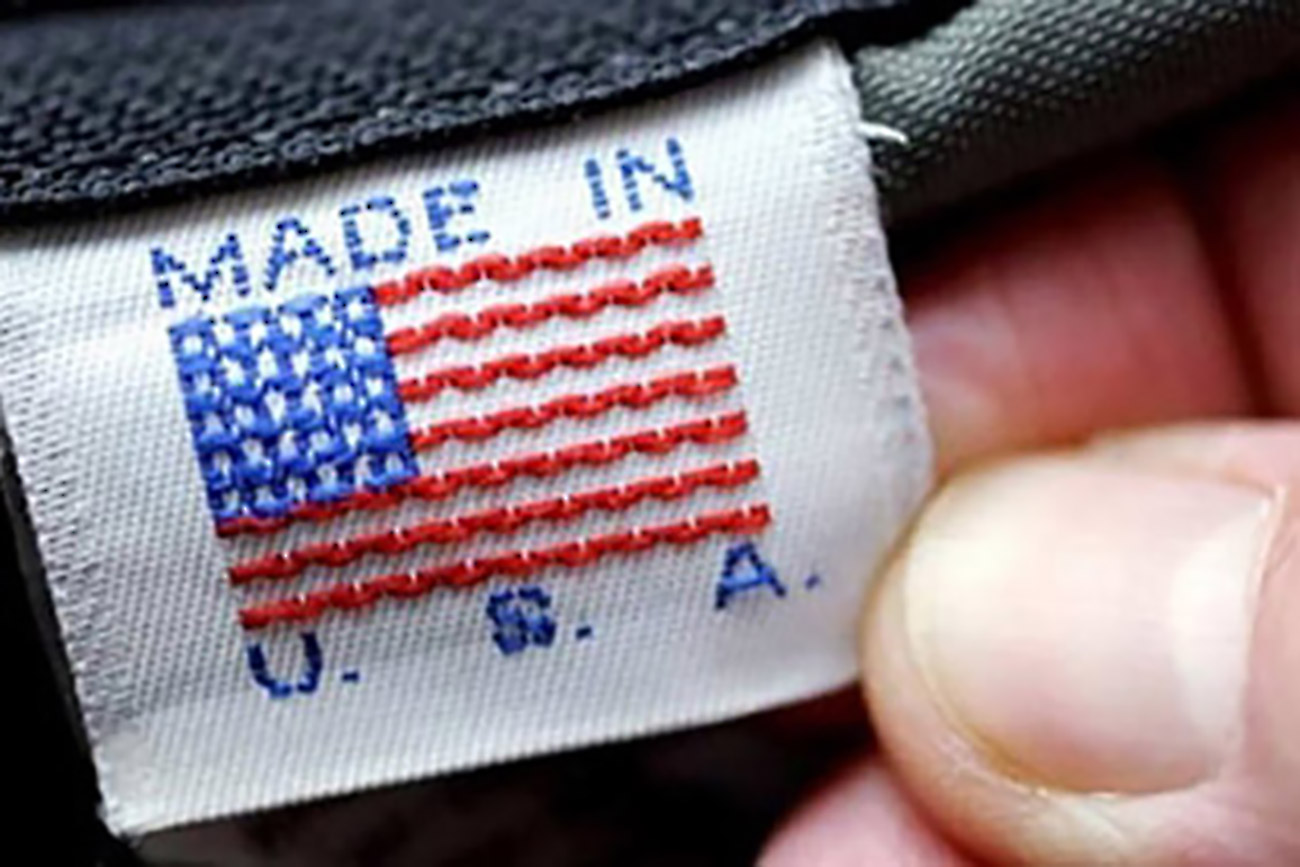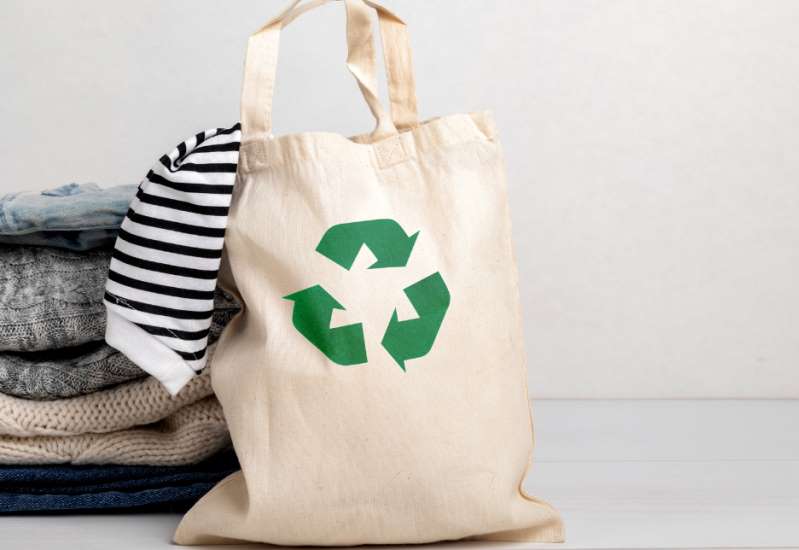FW

While China’s of textile and apparel sector’s export prowess is formidable, now there is a growing focus within the industry towards the domestic market. This isn't merely a reaction to external pressures, but a calculated move to capitalize on its own evolving consumption patterns.
The pressures at work
On major factor is that China's manufacturing wages have steadily increased, eroding its competitive edge in labor-intensive industries like textiles. As per the National Bureau of Statistics of China, the average annual wage of manufacturing employees in urban areas reached approximately 101,598 yuan in 2022. Also, the US-China trade war that led to the US introducing 20 per cent tariff hike on Chinese goods, too has accelerated the need for diversification. And the ‘China+1’ strategy adopted by many global retailers have prompted a diversification of sourcing away from China. And the recent global economic uncertainties have dampened consumer spending in many export markets, impacting Chinese T&A exports. In fact, China's export growth has shown signs of strain. As per report China's exports grew 2.3 per cent year on year during the first two months of 2025, a significant fall compared to the 10.7 per cent growth recorded in December. This reinforces the need for alternative markets. The reported pressure from US retailers like Walmart, "pressuring its Chinese suppliers to lower their prices to offset the impact of higher tariffs," further reveals the challenges faced by Chinese exporters.
However, China's domestic market presents a compelling counter-narrative. The country’s middle class, estimated at over 400 million, is driving a domestic consumption growth. As per the National Bureau of Statistics of China’s per capita disposable income reached 36,883 yuan in 2022. This growing purchasing power has led to an increase in demand for higher-quality, branded apparel. China's domestic retail sales have shown resilience. Recent stats show China's retail sales rose 4 per cent year on year in the first two months of 2025, beating market expectations. This positive trend reinforces the potential of the domestic market.
Table: China’s domestic retail sales growth
|
Year |
Retail sales of clothing, footwear, headgear, knitwear (bn Yuan) |
Growth rate (%) |
|
2018 |
1370.7 |
8 |
|
2019 |
1347.1 |
-1.7 |
|
2020 |
1237.9 |
-8.1 |
|
2021 |
1398.2 |
13 |
|
2022 |
1338.4 |
-4.3 |
|
2025 (Jan/Feb) |
A 4% rise in total domestic retail sales, |
4% (total retail sales) |
(Source: National Bureau of Statistics of China, SCMP)
And China's e-commerce ecosystem too is highly developed, providing a seamless platform for T&A brands to reach consumers across the country. Platforms like Alibaba's Taobao and Tmall, and Pinduoduo, have revolutionized retail. Moreover there is a growing trend of ‘Brand Nationalism’ that is national pride is driving demand for domestic brands. Chinese consumers are increasingly favoring products that reflect their cultural identity. For example, Li-Ning, a domestic sportswear brand, exemplifies the success of leveraging the ‘Guochao’ trend. By incorporating traditional Chinese design elements and embracing a youthful, street-style aesthetic, Li-Ning has resonated with a new generation of consumers. Their focus on domestic marketing and e-commerce has resulted in significant revenue growth.
Chinese government’s interventions
In response to the exports slowdown, reports suggest Chinese government, through the Ministry of Commerce, is actively planning to roll out measures to help foreign trade firms expand into the domestic market. Another step is integrating domestic and foreign trade and supporting export firms in expanding their local sales will be a long-term strategy, rather than a temporary response to external shocks.
The Ministry of Commerce too has taken several initiatives. To facilitate the transition, the ministry plans to host exhibitions across the country to advise exporters on adapting their sales channels and product standards for the domestic market. This approach aims to bridge the gap between export-oriented businesses and the domestic consumer. The government's broader strategy to push domestic demand, includes plans to boost consumption, which covers everything from reducing childcare costs to stabilising the property and stock markets, provides a supportive environment for T&A companies targeting the domestic market.
However, while the government is taking positive steps adapting to domestic preferences and switching to selling domestically for China's exporters brings a host of challenges, including adapting to different consumer preferences, payment systems and regulatory regimes. Moreover, pushing domestic sales in place of exports isn't just about offloading unsold good. It's involves bringing high-quality foreign trade products to the domestic market. This requires a fundamental shift in strategy.
The bottomline is the shift is not merely a reactive measure, but a strategic long-term vision. The need to adapt to the domestic market's unique demands, invest in brand building, and leverage e-commerce remains is crucial. By embracing these changes, Chinese T&A companies can forge a sustainable future in a dynamic and evolving market.
For the Spring/Summer 2025 season, Women's Wear Daily (WWD) highlights several key print fabric trends in womenswear:
- Florals with a twist: Traditional floral patterns are being reimagined with a kitsch romanticism, featuring tiny, intricate designs. Designers like Vivienne Westwood and Victoria Beckham showcase these updated florals, offering a fresh take on a classic motif.
- Nonconformist plaid: Typically associated with autumn, plaid and tartan patterns are making a bold statement in summer collections. Labels such as Acne Studios and The Row incorporate earthy tones like greens, ochres, and browns, bringing a touch of the Scottish Highlands to warm-weather attire.
- Polka dots in all shapes and forms: Polka dots are making a sophisticated comeback, with designers like Carolina Herrera and Nina Ricci presenting dresses in the classic black and white combination, adding timeless elegance to summer wardrobes.
- Stripes on stripes: Both navy and pinstripes are featured prominently, reflecting the ongoing 'corpcore' aesthetic. For instance, Chanel and Stella McCartney incorporate these patterns into their collections, blending workwear inspirations with relaxed summer styles.
These trends reflect a blend of nostalgic elements and modern reinterpretations, offering a diverse palette for designers and consumers alike in the upcoming season.
The Southern Gujarat Chamber of Commerce and Industry (SGCCI) organized a seminar on April 3, 2024 at Seminar Hall-A at Sarsana in Surat focusing on the topic, ‘Garment Technology, Quality, and Productivity.’ The event aimed to guide the city’s entrepreneurs on how to enter and thrive in the garment industry.
Madhu Kapoor, Managing Director-Apparel and Leather Technics; Trustee, ALT Training College Foundation, Bengaluru and keynote speaker at the event, provided attendees valuable information on setting up garment factories and improving product quality and efficiency.
Kapoor further highlighted on the importance of raw material inspection and fabric evaluation, and also introduced modern technologies like auto-cutting, which can lead to cost savings of up to 7 per cent. Maintaining high standards of quality and productivity is essential for success in the apparel industry, he emphasized.
The textile and garment sector offers substantial employment opportunities, Kapoor pointed out. Entrepreneurs can start small with limited machinery and scale operations as they gain experience. The seminar also provided detailed information on essential machinery used in garment manufacturing, including manual laying and cutting machines, automatic and laser cutting systems, sewing, and finishing equipment.
Vijay Mevawala, President, SGCCI, emphasized on the significant growth potential in Surat's garment sector, citing the city's strong textile base, technological support, and available workforce. He encouraged textile industrialists to manufacture garments locally for export and emphasized on the importance of investing in skill development to address the shortage of skilled labor.
The seminar was moderated by Nikhil Madrasi, Vice President, SGCCI while convenor Ritu Shah introduced the keynote speaker. The interactive session also discussed about the various aspects involved in starting and managing garment factories.
The seminar served as a crucial platform for Surat's business community to explore opportunities in the apparel sector and take informed steps toward establishing successful garment businesses.
German sportswear giant, Puma has announced a change in leadership, replacing Arne Freundt, CEO with Arthur Hoeld, Former Global Sales Chief, Adidas. This decision comes after Puma experienced a period of sluggish sales, attributed to ‘differing views on strategy execution; between Freundt and the company's board.
A CEO since November 2022, Freundt will step down on April 11. He is set to assume the role of Chairman and CEO on July 1. In the interim, the board will oversee the company's operations.
This change in leadership follows a stark contrast in performance between Puma and Adidas.
While driven by the popularity of its Samba and Gazelle sneaker lines, Adidas has seen significant sales growth, Puma has struggled to generate similar excitement for its new products, such as the Speedcat sneaker.
The announcement coincided with the impact of newly imposed US tariffs on Vietnam and other key manufacturing locations, which are affecting Puma and other sportswear retailers.
Despite new tariffs, Bangladesh’s apparel exports to the US rise during January-February’2025: OTEXA
Despite the recent imposition of new tariffs, Bangladesh's apparel exports to the United States increased significantly in the first two months of 2025, as per a new report by OTEXA, an affiliate of the US Department of Commerce.
As per this report, the value of Bangladesh’s clothing exports to the US increased by 26.64 per cent to $1.5 billion worth during Jan-Feb’2025. The value of these exports remained particularly strong in January with a rise of 45.9 per cent.
However, this positive trend is now threatened by the US's new 37 per cent tariffs on Bangladeshi goods. Industry experts suggest, the rise in exports in early 2025 may have been due to importers rushing to secure shipments before the tariffs took effect.
In terms of volume, Bangladesh apparel exports to the United States increased by 23.38 per cent to 488.27 million sq m. This growth outpaced other major suppliers, including India, Pakistan, Vietnam, and China.
Exporters attribute this strong rebound to Bangladesh's competitive pricing, improved production capabilities, and commitment to sustainable practices. However, the new tariffs are expected to erode this competitiveness, potentially favoring countries like India and Pakistan, which face lower tariff rates.
Despite a record high of $9.73 billion in 2022, the share of Bangladesh's apparel export share in the US market declined to 9.26 per cent in 2024. The rise in exports from countries like Indonesia, India, Pakistan, and Cambodia indicates diversification of sourcing by US buyers.
Expressing concern over the impact of these new tariffs, industry figures predict a significant decline in Bangladesh's exports to the US, potentially losing ground to competitors like India, Pakistan, Jordan, Egypt, and Turkey.
Data shows, India's apparel exports to the US also increased, highlighting its growing competitiveness. Vietnam and China also registered growth, though at lower rates. Overall, U.S. apparel imports rose by 11.21 per cent.
Internal issues such as the energy crisis, high production costs, and high bank interest rates are hampering the competitiveness of Bangladesh’s apparel industry, say experts. They also fear a global trade war, which would harm all exporting countries.
Experts further note, tariffs may not cause a major shift in market competition, as other countries also face various tariff rates. However, they express concerns about the growing competition from India, which has a lower tariff rate.
A strong delegation of Italian textile machinery manufacturers is set to participate in Techtextil North America 2025, taking place from May 6 - 8 in Atlanta, Georgia. Organized by ACIMIT (Association of Italian Textile Machinery Manufacturers) in collaboration with the Italian Trade Agency, the Italian Pavilion will feature 21 companies highlighting their latest technological advancements.
Exhibiting firms include notable names such as 4M Plants, Bianco, Bonino, Color Service, Fadis, Flainox, Ima, Marzoli, Monti Antonio, Monti-Mac, Omr, Ramatex, Ramina, Reggiani Macchine, Siltex, Simet, Stalam, Tecnorama, Unitech, Zanfrini, and Zappa. These companies will present cutting-edge solutions aimed at boosting efficiency, automation, and sustainability in textile production.
The US textile industry, generating over $64 billion in annual sales and employing more than 500,000 people, remains a major force in American manufacturing. It is also a key global investor in advanced technologies, with textile machinery imports reaching around $1 billion in 2024 alone.
For Italian machinery exporters, the US ranks as the fourth-largest market after China, Turkey, and India. In 2024, Italian exports to the US totaled 112 million euro, maintaining stability year-on-year.
“The 2025 edition of Techtextil North America comes amid global economic challenges, but the growing number of Italian exhibitors signals renewed confidence in US textile industry prospects,” said ACIMIT President Marco Salvade, underscoring the strategic importance of the American market for Italian innovation.
Parent company of Zara, Inditex is optimistic about expanding its presence in the United States, planning to open additional stores. This growth strategy remains in place despite recently announced trade tariffs, according to Oscar Garcia Maceiras, Chief Executive Officer.
Maceiras indicated, Inditex has not observed significant shifts in consumer spending across its major markets. Emphasizing the importance of the United States market, he noted, it is their second-largest market.
Parent company of Zara, Inditex is optimistic about expanding its presence in the United States, planning to open additional stores. This growth strategy remains in place despite recently announced trade tariffs, according to Oscar Garcia Maceiras, Chief Executive Officer.
Maceiras indicated, Inditex has not observed significant shifts in consumer spending across its major markets. Emphasizing the importance of the United States market, he noted, it is their second-largest market.
A German court has ruled against Adidas, restricting its ability to advertise its climate neutrality goals, following a lawsuit by the environmental NGO Environmental Action Germany (DUH). Delivered on March 25, 2025, the Nuremberg-Fürth Regional Court's decision prohibits Adidas from claiming climate neutrality by 2050 in its advertisements.
The court found Adidas's claims to be misleading to consumers because the company failed to provide concrete steps for achieving climate neutrality beyond 2030. Additionally, the court highlighted the ambiguous nature of the term ‘climate neutral’ and criticized Adidas for not clarifying its meaning, particularly regarding the use of carbon offsets.
Jürgen Resch, Federal Director, DUH accused Adidas of deceiving customers with its climate neutrality promises, emphasizing the need for transparent and verifiable climate action.
Adidas, however, maintains that the ruling has minimal impact, as the specific website wording in question was already adjusted in August 2024. The company reaffirms its commitment to emissions reduction, citing its alignment with Science Based Targets initiative and its ‘A’ rating from the Carbon Disclosure Project. Adidas also reported a 20 per cent reduction in absolute emissions, including supply chain emissions, since 2022.
The controversy surrounding carbon offsets plays a significant role in this case. Carbon offsets, used to compensate for emissions, are criticized for lacking standardized verification and potentially allowing companies to avoid genuine emissions reductions.
This lawsuit is part of a growing trend of ‘greenwashing’ litigation. Notably, Apple is facing a similar lawsuit in the US regarding its carbon-neutral claims for Apple Watches, and the Dutch airline KLM was also found to have made misleading sustainability claims. These cases underscore the increasing scrutiny of corporate environmental claims and the demand for greater transparency.
EIM (Environmental Impact Measuring), the leading global platform for assessing the environmental footprint of garment finishing, has released its “Innovations and Challenges in Denim Finishing: 2024 Report.” Based on data from over 115,000 denim finishing processes, the report sets a new sustainability benchmark and provides deep insights into current practices across the global textile industry.
According to the report, 63 per cent of denim finishing processes are now considered low environmental impact an encouraging shift toward cleaner production. However, the use of hazardous substances remains a significant concern, with 24 per cent of processes still involving pumice stones and potassium permanganate. These practices pose serious risks to both the environment and worker safety, underlining the urgent need for safer, more sustainable alternatives.
Water consumption remains a critical issue. The industry average stands at 30 liters per garment still above the ideal benchmark of 22.5 liters. The report recommends solutions such as optimizing rinse cycles, using less chemically intensive fabrics, and adopting eco-technologies like ozone treatments, e-flow systems, and smart foams to improve efficiency and lower water use.
Further strategies for improvement include selecting ZDHC-certified chemicals and automating manual processes to reduce chemical exposure and improve worker well-being. EIM emphasizes the importance of data-backed decision-making to drive progress.
Begona García, EIM platform creator and report co-author, said, “The industry has long lacked reliable tools to measure environmental impact. This report is a milestone for transparency and action.”
Designed as a global reference point, the annual report empowers brands and suppliers to track their performance, set improvement goals, and work collectively toward a more sustainable and responsible textile supply chain. The full report is available for download and will be updated annually to reflect ongoing progress.












